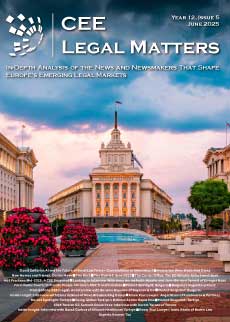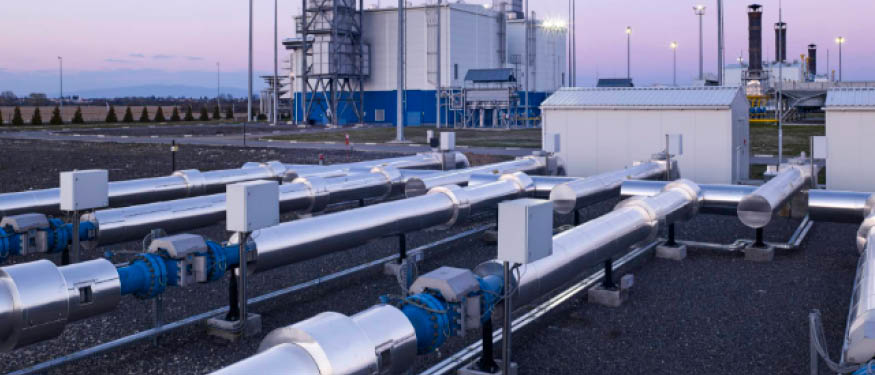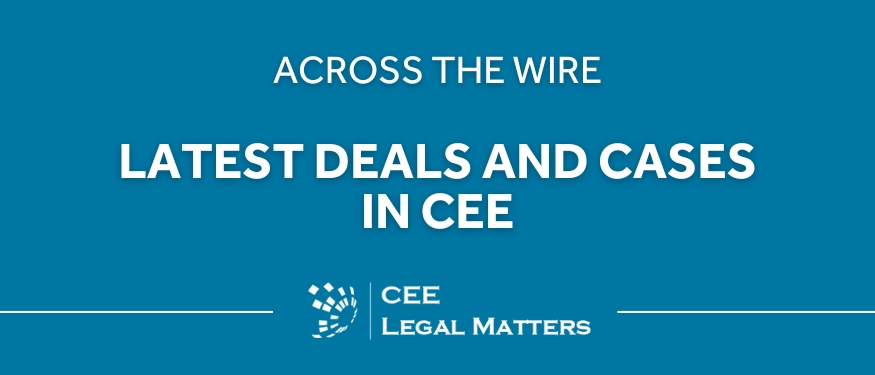The Environmental Impact Assessment Regulation ["Regulation"], repealing the previous regulation dated 2014, entered into force upon its publication in the Official Gazette no. 31907 dated 29 July 2022. The new Regulation introduces significant updates within the framework of the "Green Development Goals".
The Regulation brings some notable additions and revisions, particularly in the Definitions section, while introducing changes to the authority and the inclusion of the public in the process and broadening the scope of the activities that require carrying out an Environmental Impact Assessment ["EIA"] procedure. In a sense, the new Regulation has written up many of the amendments that had been made over the years to the previous regulation.
For the projects in which EIA application or project introduction files have already been submitted as of the date of the new Regulation –that is, 29 July 2022–, the provisions in force at the date of application will be applicable. The new Regulation's provisions will only apply if they are more favorable to the project.
Scope of Projects for Which Preparation of an EIA Report is Mandatory are Expanded
The amendments in Annex-1, where the projects that must follow an EIA procedure are listed, and Annex-2, which includes the projects whose environmental impacts are subject to preliminary examination and evaluation, have expanded the scope of EIA report requirement. Some sectors have also been added to the Annex-1 list, without taking the threshold values into account. Following is a list of significant changes to Annex-1 in this context:
- Regardless of their length/runway length, the construction of railway lines, airports, highways, and state highways are all included.
- The 10 MWm capacity limit for hydroelectric power plants has been removed, and all hydroelectric power plant projects are included in the list regardless of their capacity.
- In terms of tourism accommodation facilities, the threshold for 500 rooms has been reduced to 250.
- Wind power plants and geothermal power plants are included in the Annex-1 regardless of the number of turbines and their thermal capacities.
- Carbon capture and geological storage facilities with an annual capacity of 1.5-million-ton or more have been added to the list.
While the rule requiring preparation of an EIA report in cases where a capacity increase or area expansion is planned in terms of projects that are evaluated to be outside the scope (of the Regulation) is preserved, this requirement has also become applicable if a capacity increase or area expansion is planned for projects that are normally exempt from the EIA by law.
In order to conduct a more effective EIA, just like for the Annex-1 list, it is now obligatory to conduct a cumulative impact assessment for the activities and projects listed in Annex-2, in addition to the preparation of environmental, social action, sustainability, and environmental monitoring plans. As regards the projects with an "EIA Positive" or "EIA Not Required" decision, in case of a planned capacity increase or area expansion, environmental impacts will be assessed cumulatively, taking into account the existing environmental impacts.
As per the new Regulation, a number of plans, including those for zero waste, greenhouse gas reduction, impacts of climate change, environmental monitoring, and environmental and social management, now need to be included in the EIA reports under the sustainability plan.
Authorities of the Governorship are Transferred to the Provincial Directorate
The duties and authorities vested in the governorships in the former regulation regarding the preparation of the EIA report have been transferred to the Provincial Directorates of Environment, Urbanization and Climate Change. It is stipulated that the Ministry of Environment, Urbanization and Climate Change's authority to decide "EIA is Required" or "EIA is Not Required" can now be exercised by provincial directorates rather than governorships.
Validity Period of the EIA Positive Decision Has Been Shortened
The time period for initiation of the investment in terms of projects which were granted an "EIA Positive" decision has been reduced from 7 to 5 years. Accordingly, the EIA Positive decision will be deemed invalid if the investment is delayed for 5 years without a force majeure. On the other hand, the 1-year time limit for the submission of the application file to the Ministry regarding projects for which the decision "EIA is Required" was revoked.
In addition, in case the EIA application file is returned due to lack of a requirement in the file, the applicant will now have one month to resubmit the complete file. The EIA procedure will be terminated if the file is not resubmitted within this time frame.
Changes for the Effective Participation and Informing of the Public
A Stakeholder Engagement Plan will be prepared and filed as an annex to the EIA application file in order to ensure that the public is informed effectively and to give them additional opportunities to engage in the process. The goal of this plan is to broaden the communication network so that all natural persons and legal entities who may be affected by the project, or who might affect the project, or who may be involved with the project have access to sufficient information about the procedures and can voice their opinions and suggestions.
Moreover, the change in the definition of "public" in the Definitions article of the Regulation draws attention. While the definition of "public" under the previous regulation also covered "one or more legal entities or their unions, organizations and groups within the framework of national legislation;" the new Regulation does not include legal entities and groups. This narrowing definition excludes national and international organizations, especially environmental organizations, in terms of participation in "public information and process participation meetings”, hence the freedom to form opinions, make suggestions, and present objections accordingly.
Rule on Change of the Project Owner Has Been Detailed
The old regulation outlined this situation as "In case the project owner changes for any reason, the new project owner is obliged to submit the certified copies of the information and documents related to the transfer, the letter of commitment and the circular of signature to the Governorship. From the date of transfer, the new project owner undertakes the commitments and obligations of the previous project owner, without the need for any other procedure.”
The new Regulation clarifies what kinds of information and documents should be supplied regarding the transfer by the phrase "the notarized transfer agreement, the title deed of property, the execution/tender result documents approved by the relevant administration, etc,". In a similar vein, it is now regulated explicitly that the new project owner's commitment should cover the final EIA report and/or the project introduction file along with its annexes.
Finally, in the event of a change in the owner of project, an on-site inspection by the relevant provincial directorate is required.
By Zahide Altunbas Sancak, Partner, and I. Selin Nacar Ozturk, Associate, Guleryuz & Partners

















